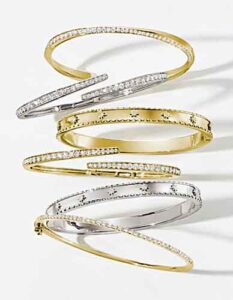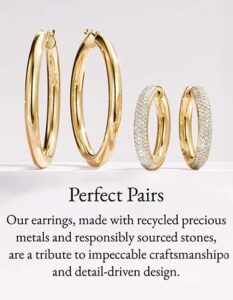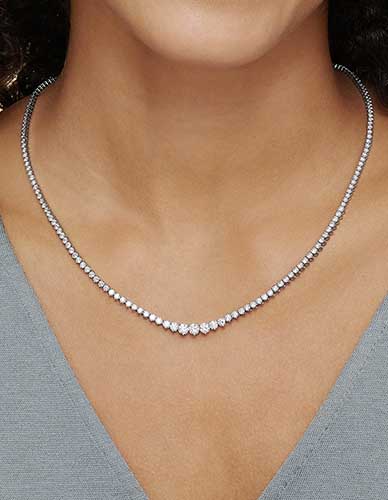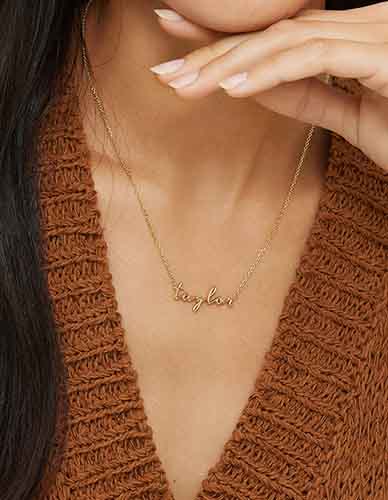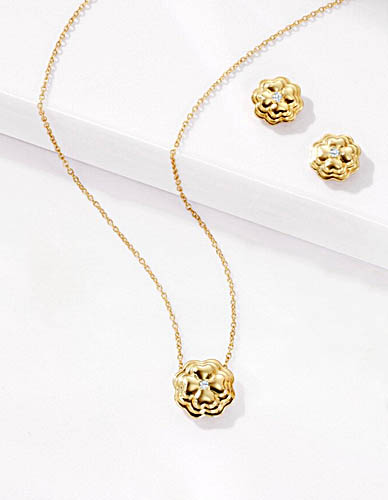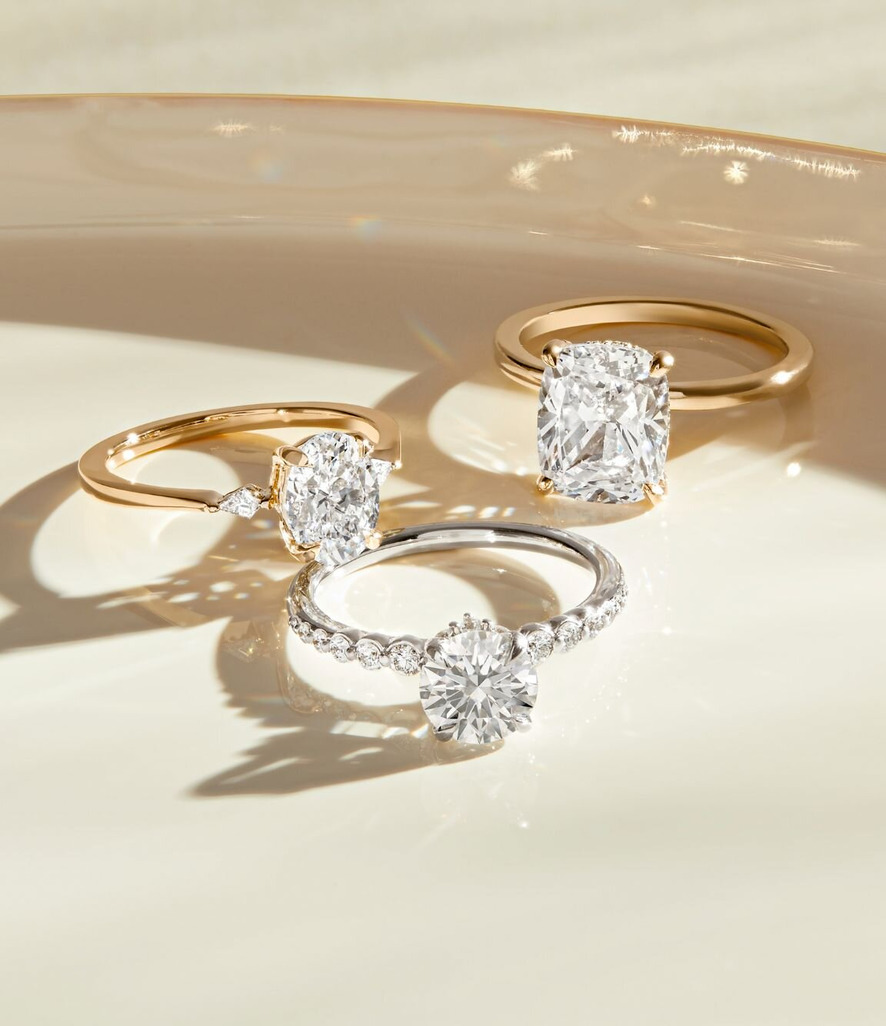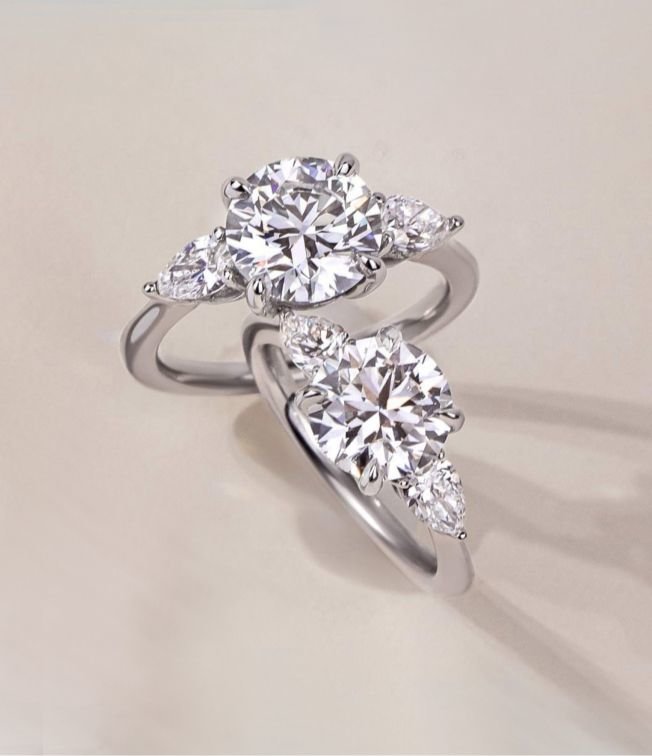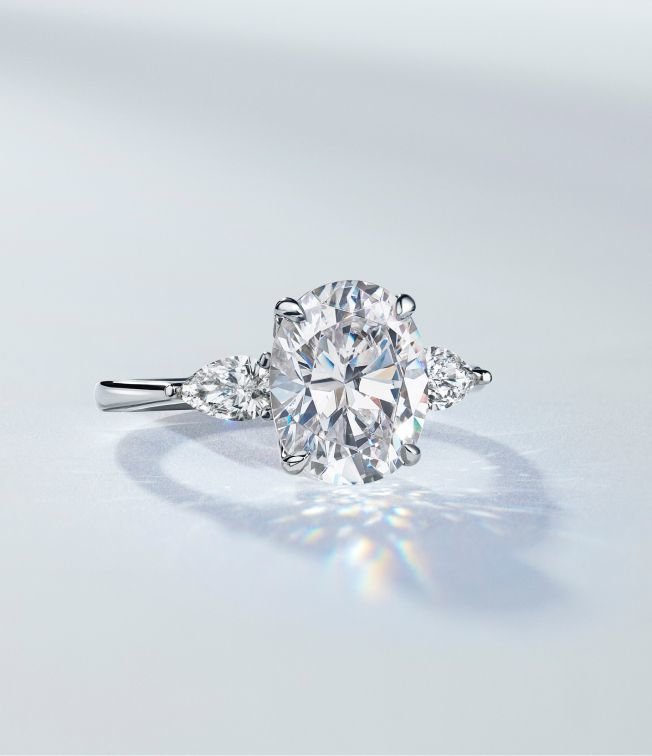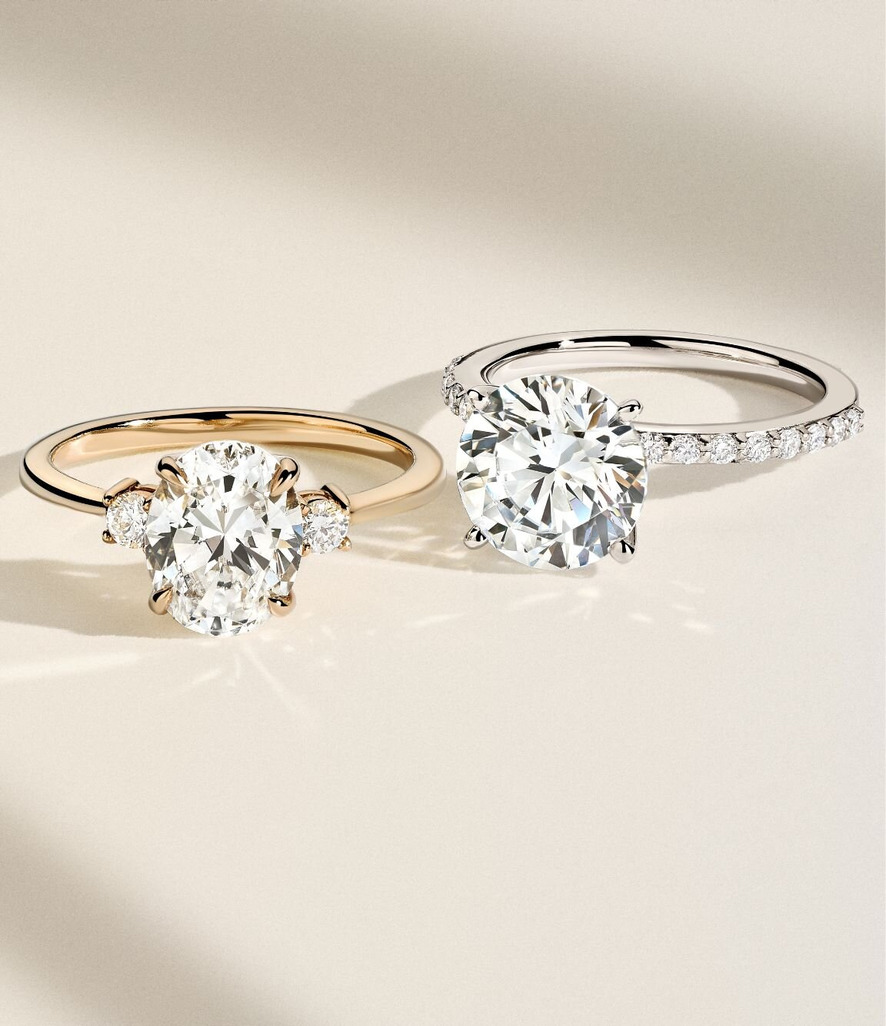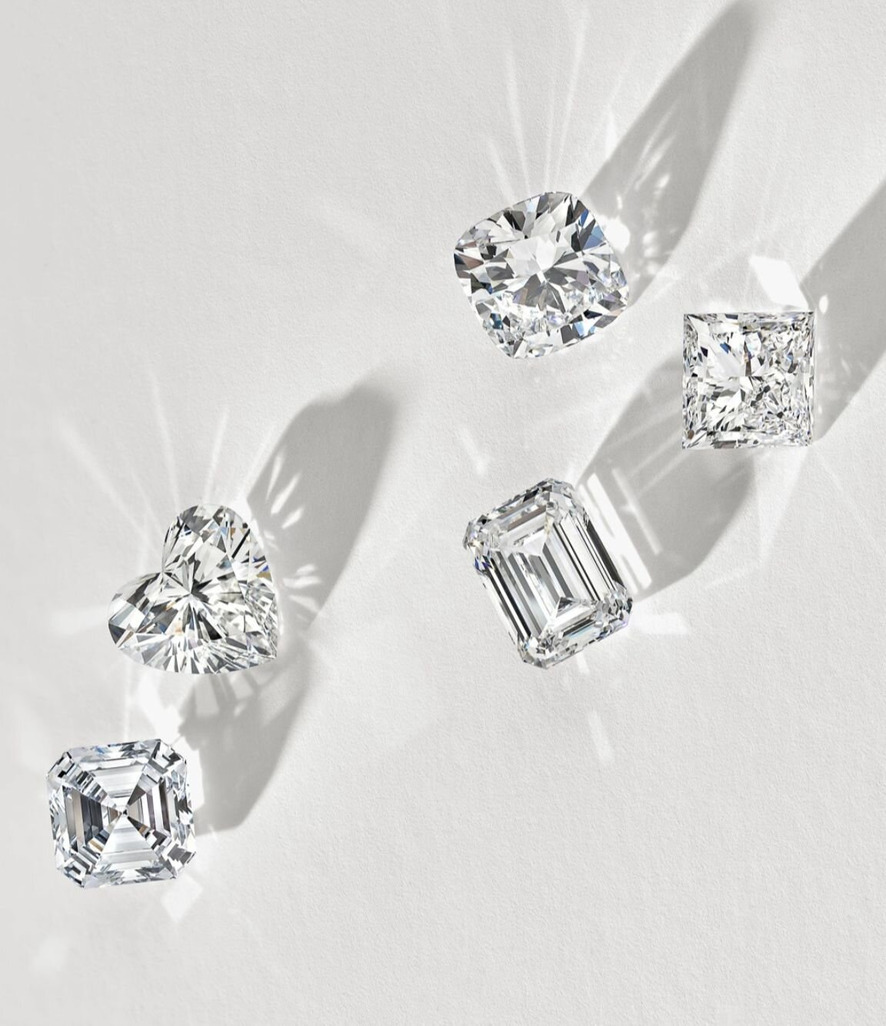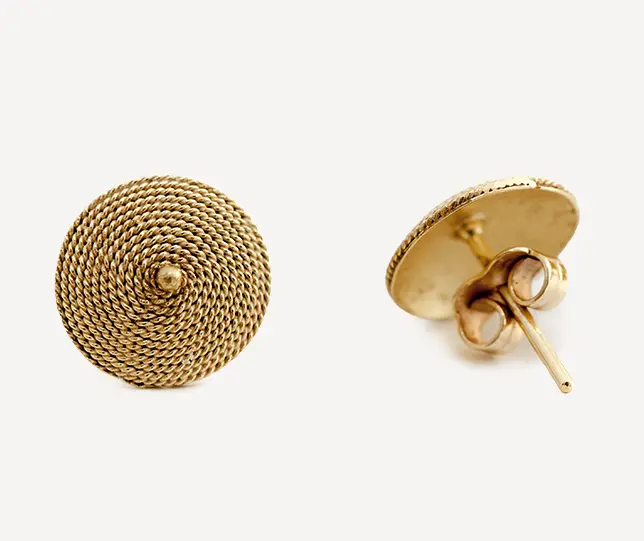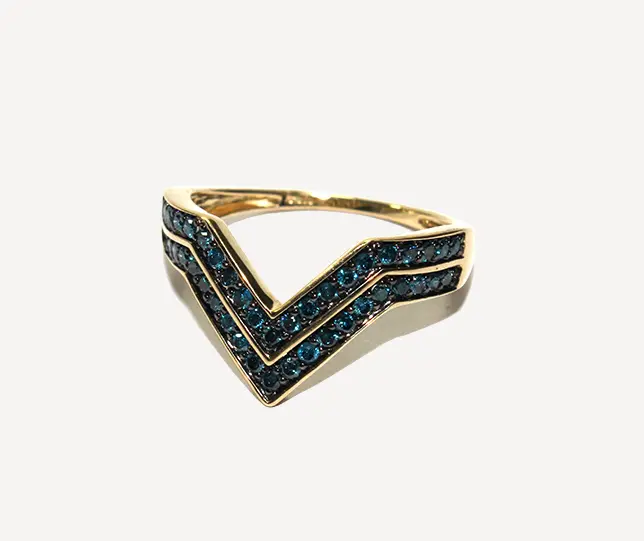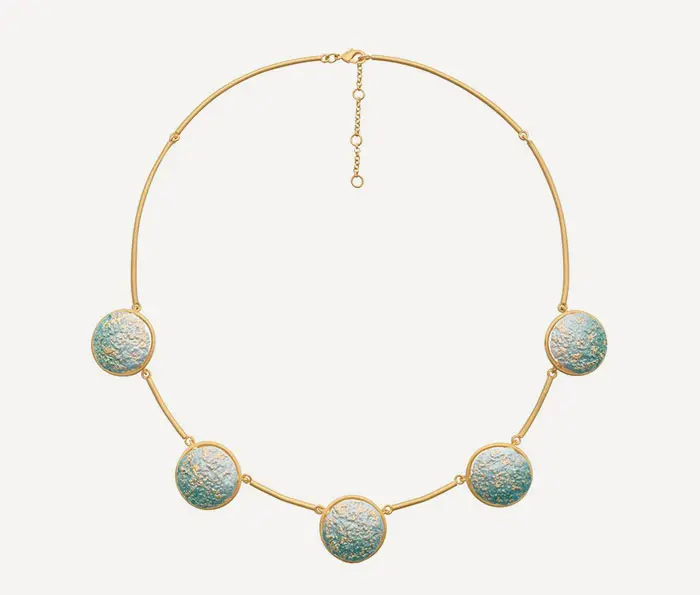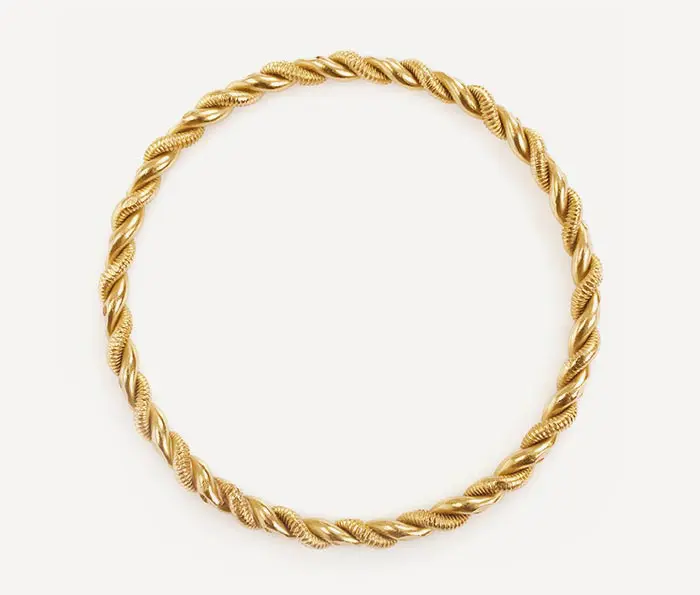Diamond Carat
Discover the details of carats: the unit of measurement used to describe diamond weight.
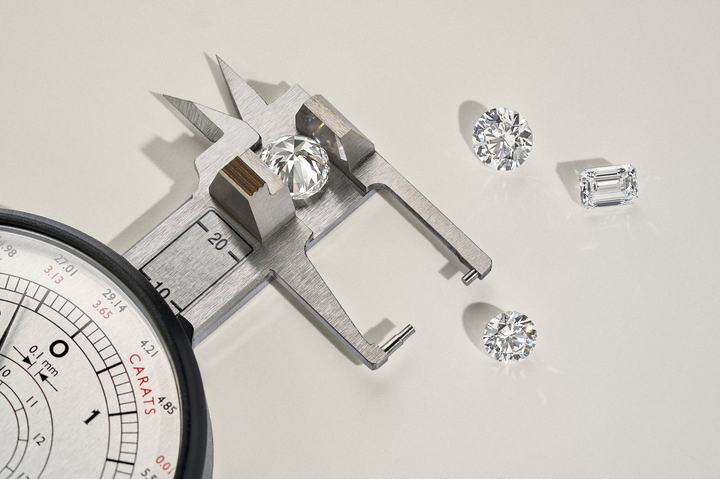
Carat Definition: What is a Carat?
While many confuse carat as a measurement of physical size, it is actually a measurement of weight used to describe diamonds and other gemstones. One carat equals 0.2 grams, about the same weight as a paperclip.
To understand what diamond carat measures, it’s helpful to know the origins of the carat system. It began with carob seeds that early gem traders used as small, uniform counterweights to their balance scales. At that time, gemstone measurement varied internationally; there was no standard. It wasn’t until 1913 that the world adopted the modern metric carat. Now, a carat weighs the same in every corner of the globe.
As one of the four factors that describe and determine a diamond’s quality and value, carat should not be confused with ‘karat,’ a unit used to measure the purity of gold.
How Big is a Carat?
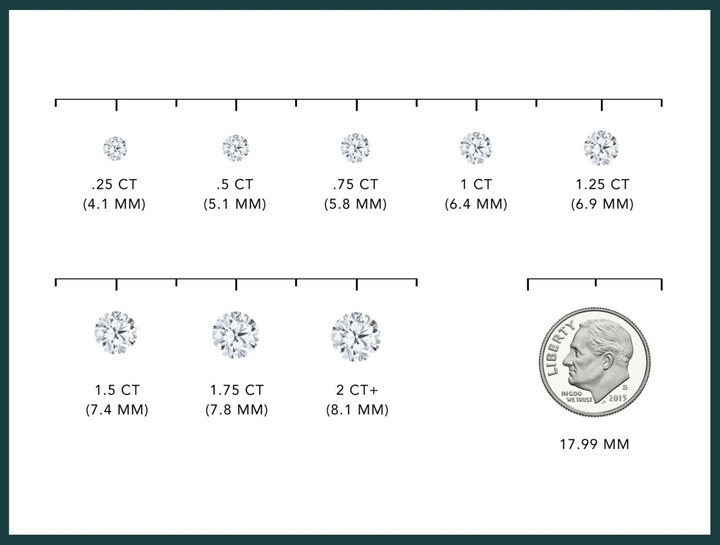

Actual Diamond Size on Size 6 Hand
How is Diamond Carat Measured?
Are Diamond Carat and Diamond Size the Same Thing?


What Does CTTW Mean?
Diamond Size Chart
How Important is Diamond Carat?
The Gemological Institute of America (GIA) has extensively studied how light interacts with round brilliant cut diamonds to better understand the factors that contribute to their appearance and sparkle. The result of their studies was the GIA Cut Grading System, which standardizes and evaluates cut quality on appearance (brilliance, fire, scintillation), design (proportion), and craftsmanship (polish, symmetry). Their cut scale ranges from Excellent to Very Good, Good, Fair, and Poor.
Most independent institutes use their own language to rank the overall cut of a diamond. For example, the International Gemological Institute (IGI) adds an extra rank atop Excellent, rating their highest-quality diamonds as Ideal. At Brilliant Earth, we also use specific scale language to help our customers understand subtle cut differences affecting quality and price. We base our scale on the cut specifications the certifying gemological laboratory provides and rank diamonds from Super Ideal to Ideal, Very Good, Good, Fair, and Poor. This means that, for example, a GIA-certified diamond with an Excellent cut grade will be listed as a Super Ideal or Ideal diamond on the Brilliant Earth site.
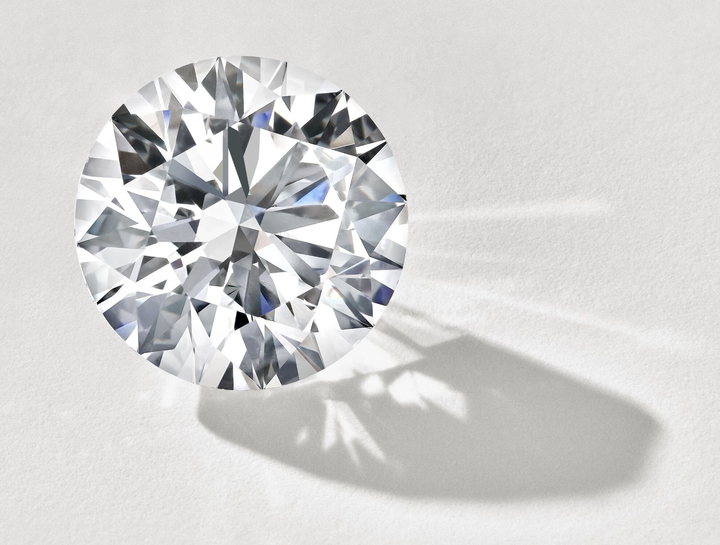

How Diamond Carat Impacts Price
How Important is Diamond Carat?
The Gemological Institute of America (GIA) has extensively studied how light interacts with round brilliant cut diamonds to better understand the factors that contribute to their appearance and sparkle. The result of their studies was the GIA Cut Grading System, which standardizes and evaluates cut quality on appearance (brilliance, fire, scintillation), design (proportion), and craftsmanship (polish, symmetry). Their cut scale ranges from Excellent to Very Good, Good, Fair, and Poor.
Most independent institutes use their own language to rank the overall cut of a diamond. For example, the International Gemological Institute (IGI) adds an extra rank atop Excellent, rating their highest-quality diamonds as Ideal. At Brilliant Earth, we also use specific scale language to help our customers understand subtle cut differences affecting quality and price. We base our scale on the cut specifications the certifying gemological laboratory provides and rank diamonds from Super Ideal to Ideal, Very Good, Good, Fair, and Poor. This means that, for example, a GIA-certified diamond with an Excellent cut grade will be listed as a Super Ideal or Ideal diamond on the Brilliant Earth site.


How Diamond Carat Impacts Price
Diamond Cut FAQ's
Diamond cut and diamond shape are not the same thing. Diamond shape refers to the external outline of a diamond (round, oval, or marquise, for example). Diamond cut refers to the precision and artistry used to craft a diamond’s internal faceting and, therefore, brilliant sparkle. While both shape and cut are critical factors to consider when picking the perfect diamond, we suggest first deciding on the shape and then finding a diamond that balances the 4 C’s of cut, color, carat, and clarity with your budget.
All of the 4 C’s are important. Which will be the most important depends on your preferences. If a super sparkly diamond is imperative for you, cut will be the most important.
The most expensive diamond cut is generally the Excellent/Super Ideal cut, as it is the highest-quality cut grade. The ultimate price of the diamond will depend on the balance of all 4 C’s.
The most affordable diamond cut is generally the Poor cut, as it is the lowest-quality cut grade. The ultimate price of the diamond will depend on the balance of all 4 C’s. We don’t recommend nor offer Poor-cut diamonds. We suggest at least a Very Good cut diamond to balance sparkle and budget.
An Excellent/Super Ideal cut diamond will sparkle the most. A round brilliant diamond with an excellent cut grade will generally provide the most sparkle out of all shape/cut combinations.
The best diamond cut is Excellent/Super Ideal. Determining the best diamond cut for you will depend on your budget and a balance of the other 4 C’s.
As diamond is the hardest naturally occurring mineral on Earth, a laser or saw coated in diamond dust must be used to cut it.
The most popular diamond cut ranges between Good – Excellent/Super Ideal.
Before they are cut, diamonds feature rough forms that can vary in shape. While still quite beautiful, this cut does little to maximize the effects of light moving through the stone.

